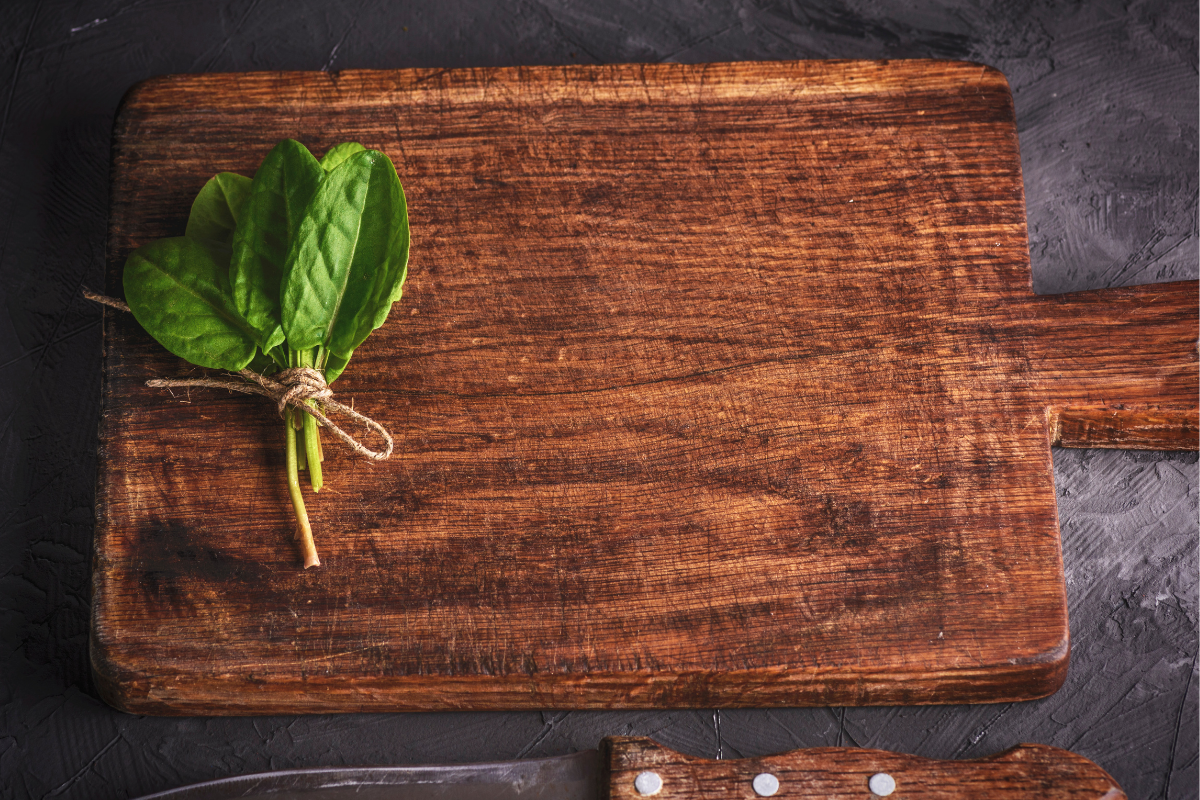Cutting boards are essential for your overall cooking experience as your sharp knives need a board where you can slice, dice, julienne, and chop ingredients to prevent cross-contamination. The knife is almost always imagined with a cutting board at its side. The board can be made of various materials, including wood, plastic, rubber, etc. The right cutting boards protect blades from dulling when they come into contact with hard surfaces.
Today we will discuss the best types of kitchen chopping boards that you need to consider. Let’s start!
Wooden Chopping Boards
Whenever you want to make salads or cut vegetables, you need to have different types of cutting boards that are made of various materials and come in multiple sizes and shapes. A board that has high quality will provide the safe and fast slicing and dicing of your ingredients. The first option of the material that you will consider buying is a wooden board.
Advantages: This material is antibacterial, long-lasting, and multi-functional to the point that it may also be used as a serving tray. If you take proper care of this material, it can last a long time. In general, the finest choices for hardwood cutting boards are walnut and maple, which are both appealing and bacteria-resistant. The next option is bamboo — an eco-friendly and anti-microbial alternative which is a little tougher on your knives. Many environmentalists favor bamboo as a material because it’s a renewable and sustainable hard grass that doesn’t require any chemicals to grow or harvest.
Waste wood is used to make many chopping boards. Compared to plastic, a good beech or maple chopping board will not scar quickly as its self-healing. The most common type of wooden board is maple. Other popular options include teak, acacia, walnut, cherry, etc.
Disadvantages: Since wooden boards are not dishwasher safe, you must wash them by hand. They are also great for smoothly cutting vegetables and fruits, but not so much for raw meat, as the latter contains bacteria that can enter the wood pores and cause food poisoning. The boards can be oiled with food-grade mineral oil to improve their longevity and avoid warping.
Plastic Chopping Boards
As we spoke about cutting raw meat, we can’t neglect plastic boards.
Advantages: The best choice for cutting poultry is this material and boards made of plastic are dishwasher safe. Also, whenever you cut onions or garlic that have a specific scent, you need to use plastic as the odor washes right away. Plastic boards are also relatively cost-effective.
They’re lightweight and considerably easier to clean. It’s also space-efficient as you can place two to three plastic chopping boards in place of one wooden thick board. Through its smaller weight, you can transport the board and clean it easily. Plastic cutting boards do not retain liquids as wooden boards do and excel at cutting meat. These boards are available in a variety of colors and through color-coding, chefs can distinguish between poultry and vegetable cutting boards.
Disadvantages: It has a shorter lifespan than wooden boards. They can easily wear out because of knife stains, marks, and mold. Over time plastic chopping boards become uneven, making them more difficult to clean and allowing bacteria to grow.
Rubber Chopping Boards
Restaurants frequently utilize rubber cutting boards because they are softer than wooden ones.
Advantages: These boards are tough, gentle on blades, last a long time, and are simple to maintain. Unlike hardwood boards, they do not require oiling and you can wash them with a gentle detergent and air dry them. You won’t require sharpening of your knives as they will last longer by using a rubber cutting board.
Disadvantages: Dishwasher heat can warp rubber boards, which are difficult to unwarp. Compared to plastic, it’s heavier and more expensive.
Also Read: Buying Modern Furniture – 5 Tips of What You Need to Know
What About Glass Boards?
Steel is used to make the majority of knife blades. Because glass is a tougher material than steel, it has the potential to harm your knife. Glass cutting boards are more easily broken than many other forms of chopping boards. So, these materials are not recommended for your chopping, dicing, and slicing duties.
Why Cutting Boards Are Essential?
Protect Knives and Counters — If you prepare food directly on the work surface, the blades of your knives will scratch it. This can be avoided if you use a cutting board. A good chopping board is essential because it keeps knives from growing dull too quickly.
Prevent Cross-Contamination — Cutting and preparing food on a chopping board is safer since they are designed to keep food and knives from slipping. And they are simple to clean after each ingredient preparation and can help minimize cross-contamination once you use different boards for different ingredients.
Act as a Serving Tray — Instead of taking all ingredients by hand, you can use chopping boards for serving vegetables or cheese cubes and move whatever ingredient you want from one place to another.
As a good rule of thumb, you need to have two cutting boards — one specifically for raw meat and the other for other ingredients. Wooden cutting boards are ideal for all types of produce, from fruits to hard veggies, because their durable surface can withstand repeated, harsher cuts. Other items, such as fresh meat and poultry should be prepared on a plastic board.
This was a guide for you to understand the differences, advantages, and disadvantages of common types of chopping boards. When looking for a high-quality one, we recommend opting for the Cuisipro professional cutting board. Happy cooking!
